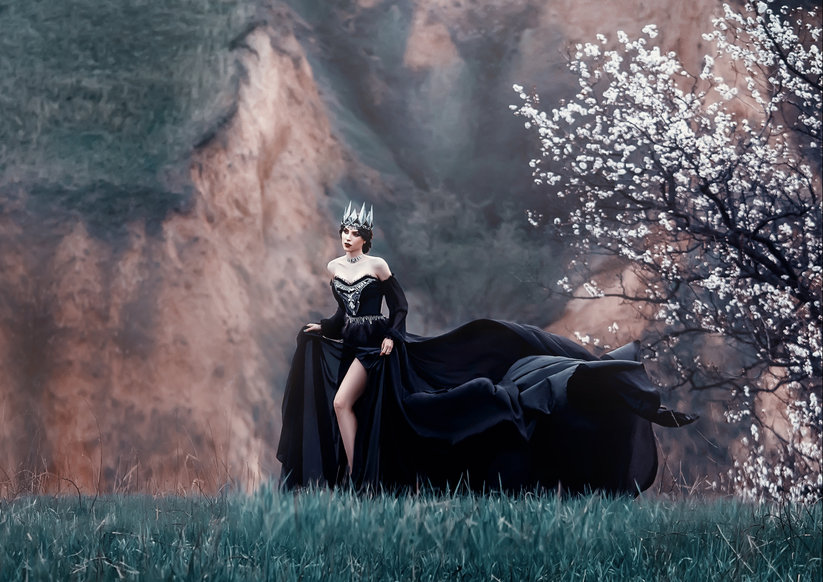
It’s the time for spook-tacular looks, and that includes jewelry. Get in touch with your dark side by getting some rich, medieval or gothic looking jewelry pieces. You can wear Halloween-worthy jewelry all month without it actually being costume specific or looking cheap. Earthy tones are a great place to start, with beads of browns, blues, greens, and oranges applicable all autumn long. Deep red tones fit the vampire-loving period while also offering a chic look. Stick with a neutral like silver as a great base for the season that can be easily layered with other pieces to make it a splendidly medieval or gothic look.
To achieve an ornate appeal, you want to go for bold, dark, and overstated. Pairing these looks with Halloween can be fun but doing it right will also look classy and elegant. Match the colors for earrings, bracelets, and necklaces for this style, and go for that deep red lipstick (or even black) to really pull everything together.
Medieval jewelry refers to designs during the Middle Ages mainly throughout Europe during the Byzantine Empire. Gold was the most common material used for jewelry during this time, and amber, pearls, and coral were popular as well. Soldering, enameling, and inlays were highly desired techniques for jewelry design finishes. Jewelry signified class and status, which was highly important throughout Europe at the time. Wealthy people often even had jewels sewn into their garments. Brooches, necklaces, belt buckles, hair pins, arm and ankle bracelets, and even weapon adornments were highly desired during medieval times.
Gothic jewelry was popular throughout the 12th and 13th centuries and took off from northern France. The term was coined by Italian architect, painter, and writer Giorgio Vasari. The gothic art period lasted until the 16th century when it was absorbed into the Renaissance trend. Jewelry was important for class and status division, just like with medieval jewelry. Common looks included onyx, large rubies and emeralds, and contrasting colors that would highlight the massive stones or jewels. Reds typically signified blood and dark blues implied a purposeful gloominess.
Since the 1970s, there has been a massive subculture of gothic and medieval style, with the aesthetic style greatly influenced by music, art, film, and a desire to be different than the norm. Gothic and medieval jewelry can be stunning and eye catching with its unique look. Modern gothic styles can take the gaudy and overexaggerated look and apply a minimalistic feel to it. This can be a sophisticated way to showcase the interesting style while keeping it subtle if you’re not ready to plunge into a full style change. Daring uses of leather, titanium, and bold-colored precious stones are great ways to transform this style to a modernized display.
Whether it’s for fun or for a statement identity look, wearing gothic and medieval jewelry is elegant and brings a touch of mystery to a style. Choose a jeweler that understands a variety of fashions and desires that can customized a look just for you.